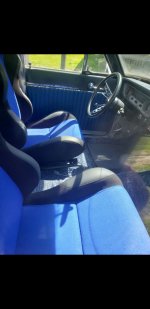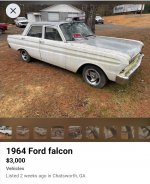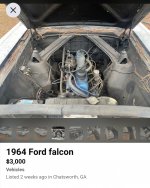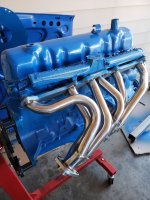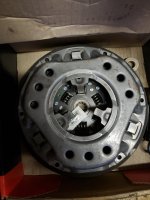goldfinger1957
Well-known member
Ok, it's been a while but this is what's been done.
Pulled the 200 and rebuilt the head. Nothing fancy but put 1.50 & 1.75 intake and exhaust valves along with 302 springs and viton seals. Also took .090 off of head. ( small log head )
Bottom end. New silverlite flat top pistons and moly ring set. (+.030 over) New 264/274 cam, bearings ect. ect....
Oil pump, fuel pump, ARP fasteners, water pump, new harmonic balancer, double roller timing chain, push rods, stainless steel headers and DUI distributor ( street/strip)...along with new clutch assembly for the " on a tree "...No A/C and no Power steering. Waiting on the Weber 32/36 conversion carburetor with manual choke.
All that said I've got 3 qurstions:
1. Without a Dyno, any guesses as to the available horse power or am I still looking at 120 hp after all this ?
2. Given i ordered the DUI without all the additional information provided will this need to be "revurved" and is it really necessary?
3. Short of a blower, nitrous or a turbo charger is their anything I'm missing to get the most power I can out of this assembly ? ( roller rockers were pricey)...
Not sure what else I could do, besides the 250 cylinder head swap which I'm not doing. And wondering if I should just spend a little more money and buy the EFI rather than the Weber 32/36.
I've pretty much fillowed the Ford Six Performance handbook .
Looking forward to your input. Go ahead..I can take it...lol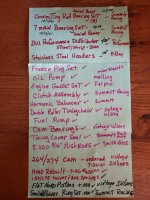
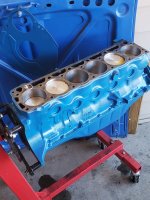
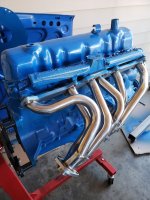
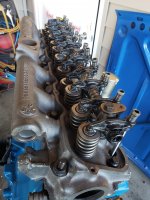
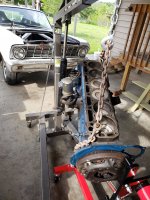
Pulled the 200 and rebuilt the head. Nothing fancy but put 1.50 & 1.75 intake and exhaust valves along with 302 springs and viton seals. Also took .090 off of head. ( small log head )
Bottom end. New silverlite flat top pistons and moly ring set. (+.030 over) New 264/274 cam, bearings ect. ect....
Oil pump, fuel pump, ARP fasteners, water pump, new harmonic balancer, double roller timing chain, push rods, stainless steel headers and DUI distributor ( street/strip)...along with new clutch assembly for the " on a tree "...No A/C and no Power steering. Waiting on the Weber 32/36 conversion carburetor with manual choke.
All that said I've got 3 qurstions:
1. Without a Dyno, any guesses as to the available horse power or am I still looking at 120 hp after all this ?
2. Given i ordered the DUI without all the additional information provided will this need to be "revurved" and is it really necessary?
3. Short of a blower, nitrous or a turbo charger is their anything I'm missing to get the most power I can out of this assembly ? ( roller rockers were pricey)...
Not sure what else I could do, besides the 250 cylinder head swap which I'm not doing. And wondering if I should just spend a little more money and buy the EFI rather than the Weber 32/36.
I've pretty much fillowed the Ford Six Performance handbook .
Looking forward to your input. Go ahead..I can take it...lol






